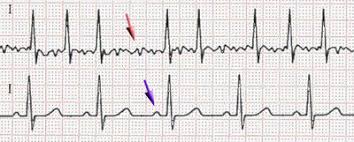Author Interviews, Clots - Coagulation, Environmental Risks / 17.12.2024
University Minnesota Study Finds Air Pollution Associated with Greater Risk of Venous Embolism
MedicalResearch.com Interview with:
Pamela L Lutsey PhD, MPH
Professor, Division of Epidemiology & Community Health
University of Minnesota
Minneapolis, Minnesota
MedicalResearch.com: What is the background for this study?
Response: Air pollution is ubiquitous. In order to understand the impact of exposure on health, it is necessary to look across diverse health conditions. Associations with lung disease and atherosclerotic cardiovascular disease are more established. Less is known about the role of air pollution exposure on coagulation and venous thromboembolism (VTE).
MedicalResearch.com: Are individuals less ambulatory in heavily polluted areas?
The study did not address this question directly. The association did persist across a wide range of subgroups of the sample, including those who were not smokers and who had no evidence of lung disease.
(more…)



